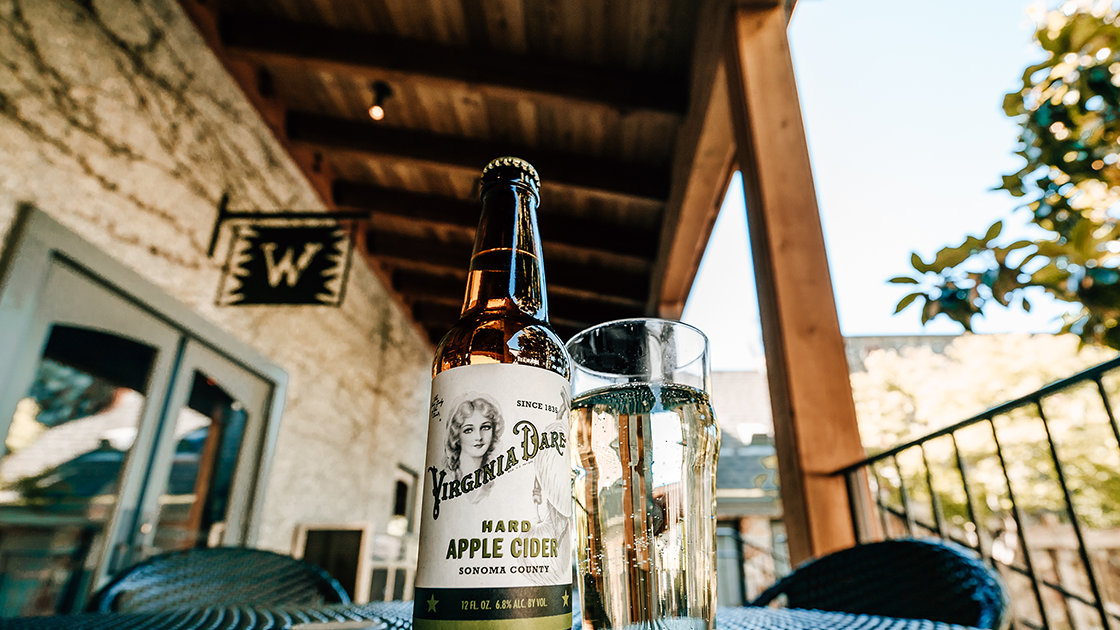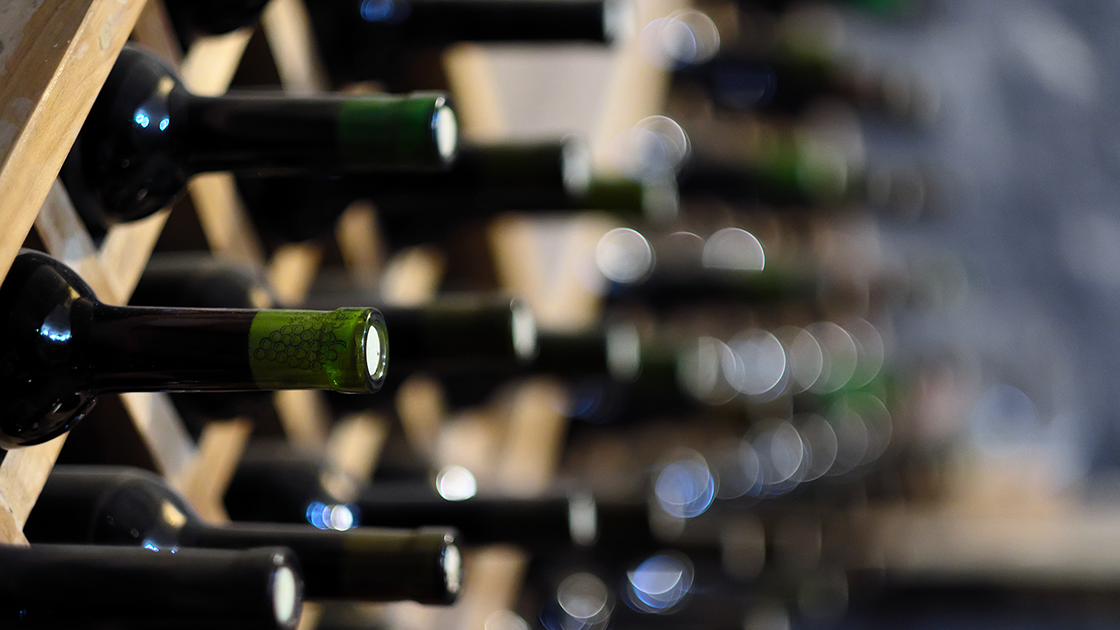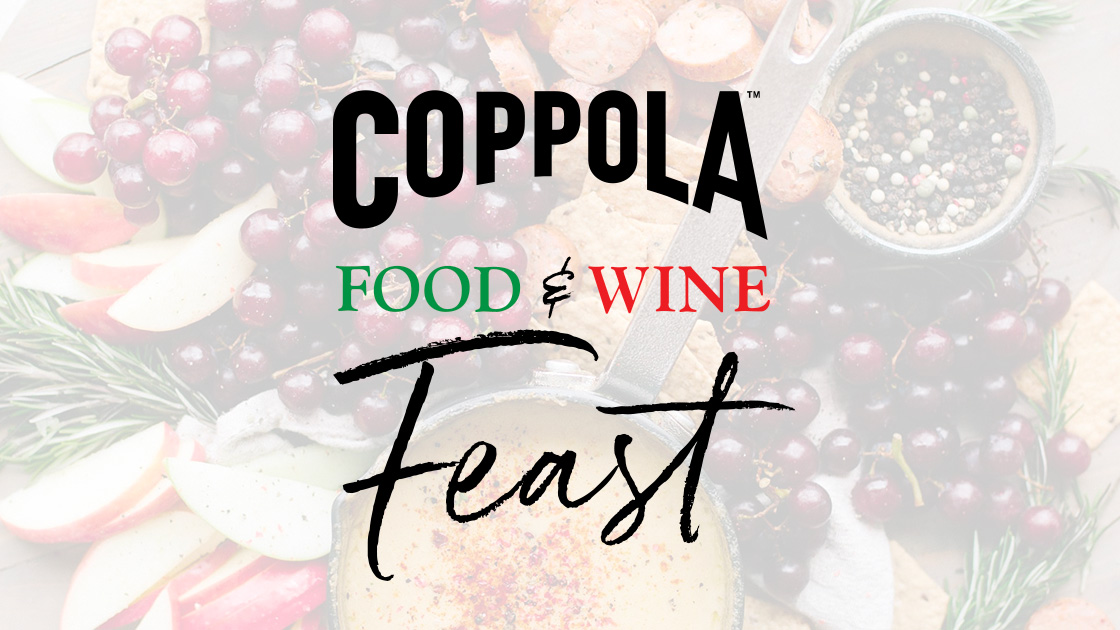Fermenting at Home
wine 101
By Evan Schiff, Winemaker

Fermenting at Home
I was first exposed to artisan beer by my brother during college. He was passionate about the award-winning beers he was discovering and he shared many bottles with me. At that time, IPAs – India Pale Ale – were exploding in popularity. I tried many from all around the world and sampled other styles, too, such as pilsners. Before long, I discovered what I liked from this diverse world-wide exploration. Soon I was experimenting at home.
Creating recipes and sharing the results with others fuels my creativity. I am always so honored when someone says they like a beer I have made. I also enjoy finding common ground with friends as we talk about different styles of beer.
I have a passion for all things fermented. At home, I make wine, beer, cider and balsamic vinegar.
Beer Making v. Wine Making
Any fermented beverage demands attention to detail. And although the initial process of fermentation, in which yeast digests sugar and releases alcohol, is similar, the details themselves determine the direction of each beverage. You can make a conventional beverage or you can take a fermentation into previously undiscovered territory.
Beer is more prone to spoilage than wine during both fermentation and aging, yet both need to be tended to if you wish to achieve a desired style.
On one extreme of beer making, a wort – grain mash before fermentation begins – can be put into a used wine barrel and fermented wild, with whatever yeast is in the environment. This process is fairly forgiving. On the other end of the spectrum is what we call "clean beer," which is controlled at every turn. With clean beer, every surface the beer will touch must be sanitized; one overly patch can derail an entire batch.
Compared to wine, beer is made quickly. It is typically released to the public within a month of brewing and is never better than when it is enjoyed fresh. Red wines, which improved with age when they are stored properly, are released between 1 ½ and 3 years after fermentation.
Ultimately beer and wine in all their myriad styles arrive at the same destination, in a glass for someone to enjoy. All are part of our culture.
Cider
Many people think cider is more closely aligned with beer than with wine, perhaps because of its color, and perhaps, as well, because of its typical percentage of alcohol, which is closer to beer than wine. But the process of fermenting apples is, overall, more akin to the process of making white wine.
At Virginia Dare Winery in Geyserville, California, we have gone to great lengths to craft a cider that is balanced, refreshing, crisp, and dry, qualities that make it quite food friendly. I think the care we take shines through in the product and I love hearing feedback from our happy customers.


